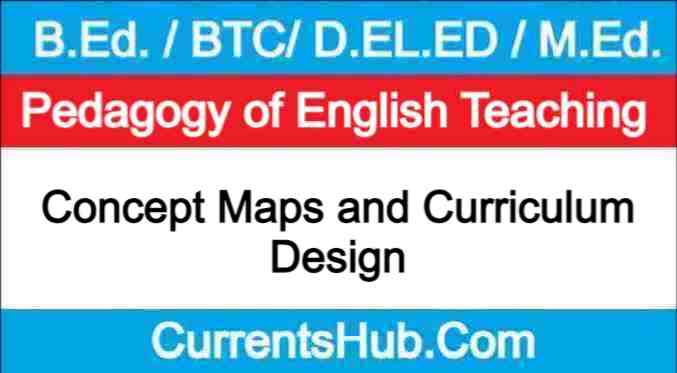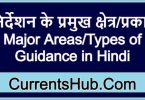
अनुक्रम (Contents)
Concept Maps and Curriculum Design
Concept Maps and Curriculum Design- Concept maps can be used as excellent planning devices for instruction. Edmondson, 1993, describes the importance of using concept maps to develop the curriculum for a veterinarian program: “Concept maps are effective tools for making the structure of knowledge explicit, and our hope is that by using them in our planning…the material will be more accessible and more easily integrated by students” (p. 4). The type of curriculum described by Edmondson is based on constructivist principles. It is both prob lem-centered and student-centered. Extensive faculty planning using concept maps helps teachers to know what it is that they want students to be able to learn. Instead of asking, “what do I want to teach,” the emphasis is on, “what do I want students to learn?”
Martin, 1994, conducted a study in which he taught educa tion majors to use concept maps to make lesson plans. The teach ers in the study found the maps quite useful for the development of course plans. “Our students view concept mapping as giving teachers a more comprehensive understanding of what they are preparing to teach, eliminating sequencing errors, and enabling teachers to develop lessons that are truly interdisciplinary” (p.27). The following list of advantages in using concept maps for cur riculum design was composed from the work of Allen, Hoffman, Kompella, &Sticht (1992), Dyrud, Edmondson, and Martin.
- By constructing a concept map, we can see areas that appear trivial, that we may want to drop from the course.
- We can discover the themes we want to emphasize.
- We can understand how students may see or organize knowledge differently from us, which will help us better relate to the students and to challenge their ways of thinking.
- The mapping process can help us identify concepts that are key to more than one discipline, which helps us to move be yond traditional disciplinary boundaries. Concept maps help us select appropriate instructional materials. We can construct a map that incorporates teaching strat egies as well as time and task allocations for various parts of the course.
- We can visually explain the conceptual relationships used for our objectives in any course.
- We can facilitate efforts to reconceptualize course content.
- Rather than being a traditional course plan that assumes students will integrate learning, concept maps depict the intentions of faculty the integration us expect to occur.
- We can use concept maps to provide a basis for discussion among students and to summarize general course concepts.
- Concept maps support a holistic style of learning.
- Mapping concepts can increase your ability to provide meaningfulness to students by integrating concepts.
- Concept maps can increase our potential to see multipleways of constructing meaning for students.
- Mapping the concepts can help us develop courses that are well-integrated, logically sequenced, and have continuity.
- Concept maps help “teachers design units of study that are meaningful, relevant, pedagogically sound, and interesting to students” (Martin, p. 28).
- Concept maps help “the teacher to explain why a particular concept is worth knowing and how it relates to theoretical and practical issues both within the discipline and without” (Allen, et al).






